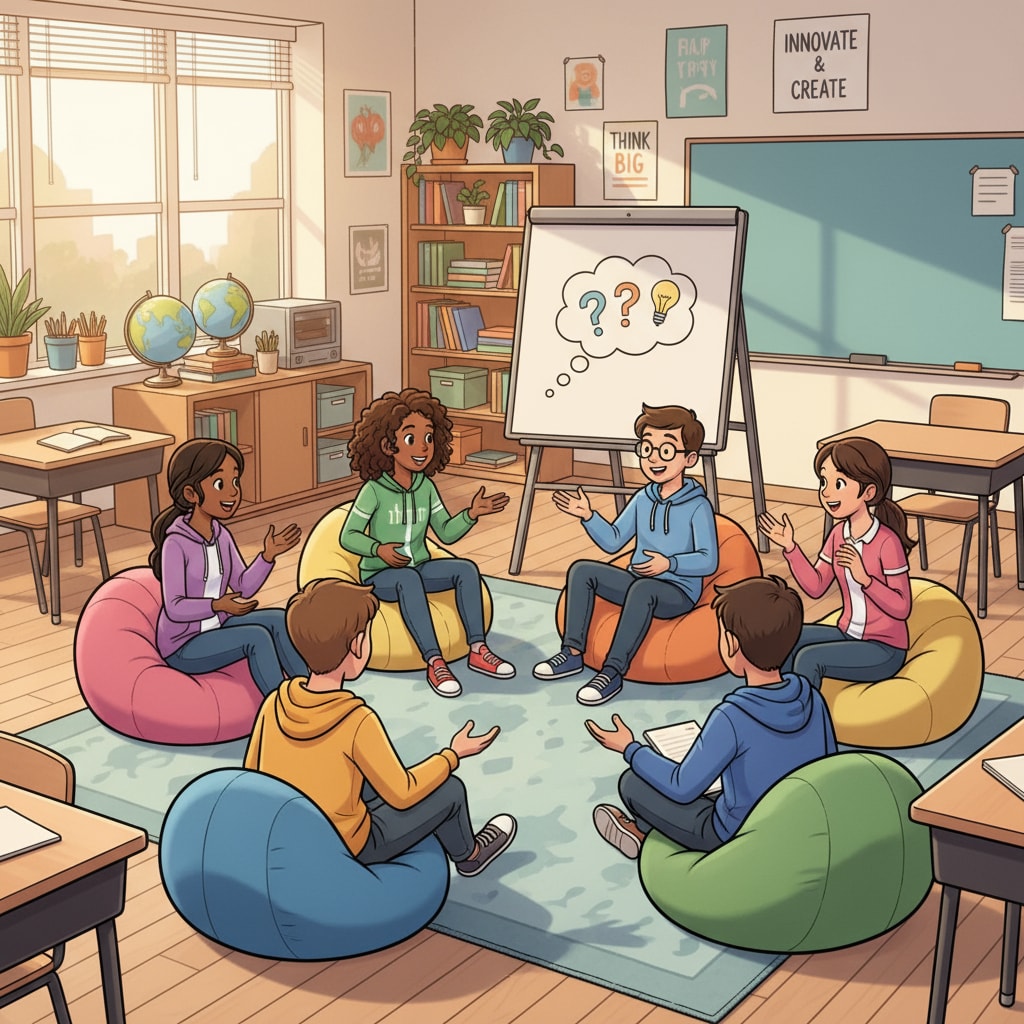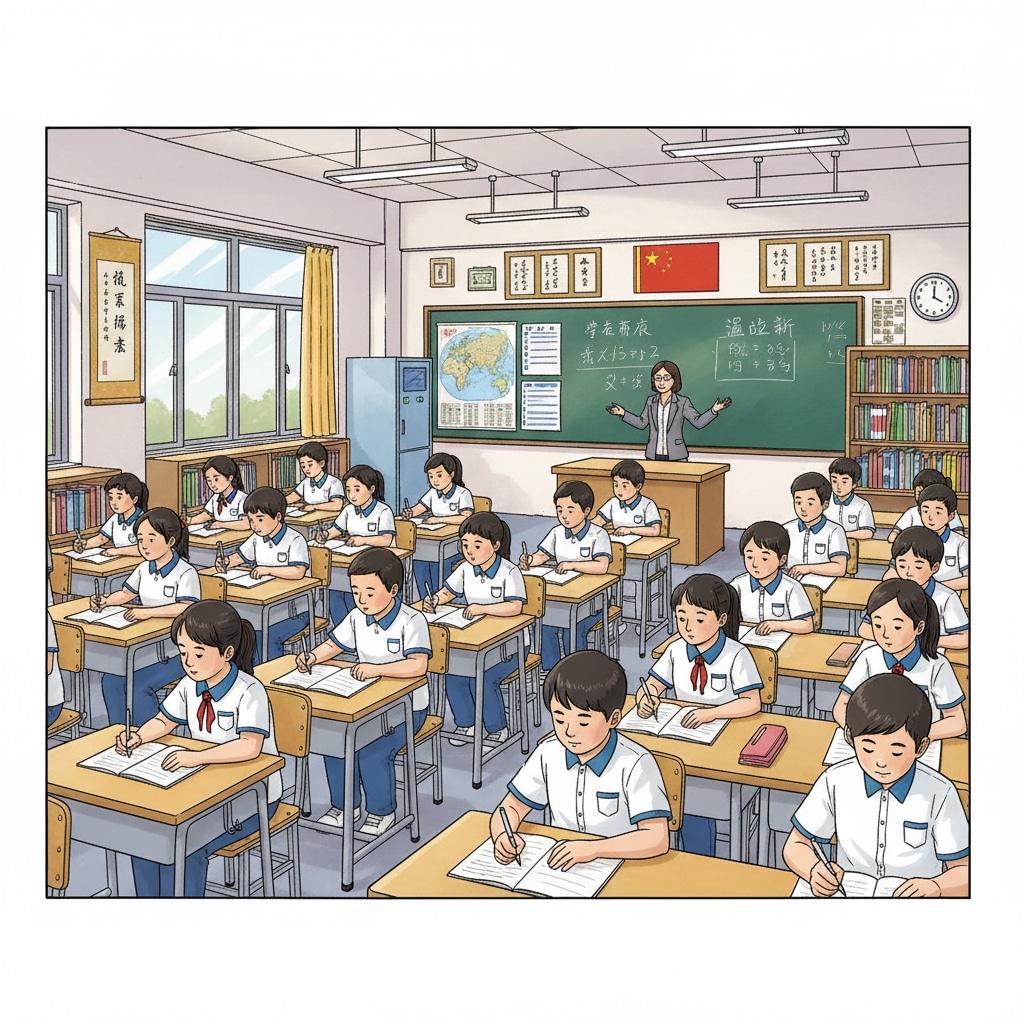Education systems, free thinking, and learning pressure are three crucial aspects that significantly influence a student’s educational journey. When comparing the K12 education systems of the United States and China, we can observe distinct differences and similarities. These two systems, representing the East and the West, have unique features that shape the minds of young learners.

Teaching Philosophies: Nurturing Different Mindsets
The teaching philosophies in the US and Chinese K12 education systems vary greatly. In the US, the education system emphasizes free thinking. Teachers often encourage students to question, explore, and form their own opinions. This approach aims to develop students’ creativity and independent thinking abilities. For example, in a science class, students might be given a problem and be asked to find multiple solutions on their own. According to Wikipedia’s page on US education, this teaching style helps students become more confident in expressing their ideas. On the contrary, the Chinese education system places a strong emphasis on rote learning and mastering basic knowledge. This is to ensure that students have a solid foundation in various subjects. Teachers in China often guide students step by step to understand and remember key concepts. As a result, Chinese students usually have a good grasp of fundamental knowledge in areas like mathematics and language.

Learning Environments: Different Approaches to Stress
The learning environments in the US and China also reflect different attitudes towards learning pressure. In the US, the learning environment is generally more relaxed. There are fewer standardized tests compared to China, and students have more time for extracurricular activities. This relatively low-pressure environment allows students to pursue their interests freely. However, it may also lead to some students lacking sufficient motivation. In contrast, Chinese students often face high learning pressure. The highly competitive nature of the education system, with important exams like the Gaokao, means students need to study long hours to achieve good grades. This high-pressure environment can be stressful, but it also drives students to work hard and strive for excellence. According to Britannica’s entry on Chinese education, the Gaokao is a significant milestone that shapes many students’ futures.
When it comes to educational outcomes, both systems have their own achievements. US students tend to be more innovative and have stronger communication skills due to the emphasis on free thinking. They are often better at presenting their ideas in public and collaborating with others. Chinese students, on the other hand, usually perform well in academic subjects. Their solid foundation in basic knowledge enables them to excel in fields that require in-depth knowledge and precise calculations.
Readability guidance: By comparing these two education systems, we can see that each has its own strengths and weaknesses. Educators can draw inspiration from both to create a more comprehensive education model that balances free thinking, learning pressure, and academic achievements.


